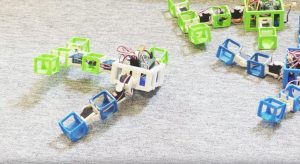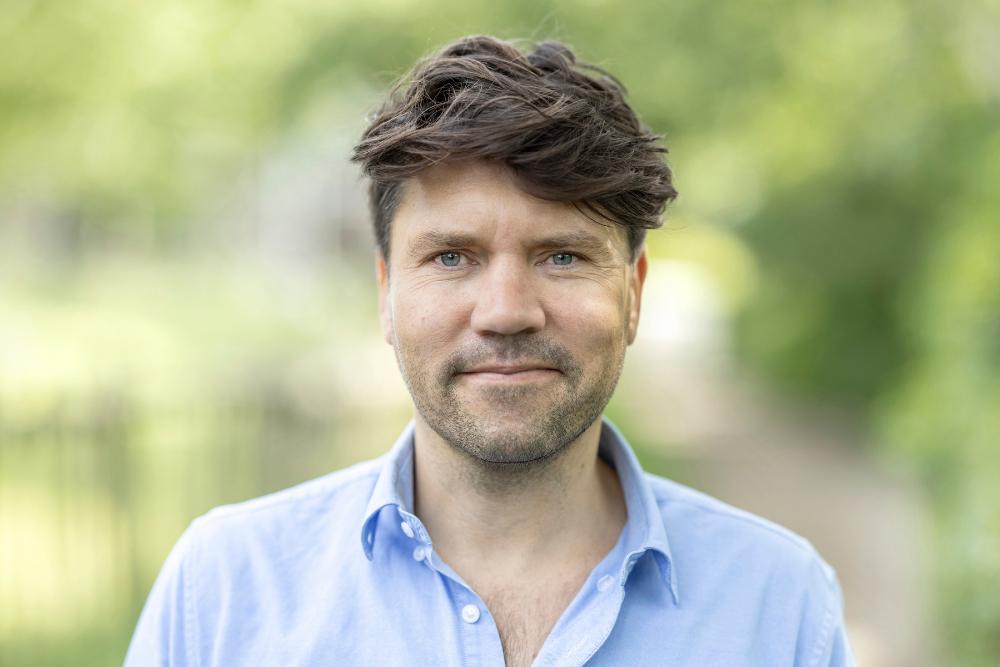Guszti Eiben, known for the first baby robot to come from two robot parents, is looking to evolve robots into versions that can clean up old nuclear power plants. Together with a group of British scientists, he received a grant of over 2 million euros to continue his research into Autonomous Robot Evolution (ARE). Eiben is Professor of Artificial Intelligence at VU University Amsterdam and Endowed Professor at the University of York.

Two years ago, Eiben made the news around the world with the first baby robot, but after that, things stayed quiet for a while. A lack of funding prevented him from taking the next big step in researching robots who select a partner, mate, and breed. In other words, a robot evolution. A revolutionary way to design better robots, as well as a relevant topic for fundamental research into evolution and the development of intelligence.
Eiben has had this idea for years
Now, the EPSRC, the British counterpart of Dutch research financier NWO, has pitched in, financing a project submitted by Eiben and his colleagues at the universities of Bristol, Edinburgh and York. The three British universities will each carry out their own part of the project, following an idea that Eiben has had for years.
The research project is set to start in August and will consist of three parts. There will be a physical environment, including a birth clinic and test rooms. Robots will be manufactured by means of a 3D printer and separate parts, such as sensors, motors, and chips. These mechatronics constitute the organs of the robots, which are picked from an organ bank.
Nuclear cave
The robot babies are taught in a school, just like people, where they learn basic skills, such as walking. The successful versions can continue their careers as cleaning robots for an old nuclear power plant. When they’re done learning, they are released in a nuclear cave without any radiation, but with pipes and rubbish strewn all over the ground, which the robots then have to navigate. Their tasks: mapping the environment and cleanup. ‘The devices will be no larger than a football, Eiben told the de Volkskrant. This makes them easier to build and will let them move through small spaces when they’re in a real reactor.
At the same time, the researchers will create a virtual environment that is an exact copy of the real ‘cave’, populated by the same type of virtual robots, with a supercomputer simulating their behaviour. This computer will then use evolutionary models to create new robot versions before releasing them in the virtual environment. The process of evolution is accelerated in this parallel world, but it falls short in terms of fault selection, as Eiben has explained to VU Magazine before, which is why the project will benefit from working with a virtual and a physical environment.
The best of both worlds
‘The great thing about this approach is that it lets us cross successful real robots with successful virtual ones’, Eiben explains in the Volkskrant article. If virtual robot children are successful in the virtual world, the researchers can decide to spawn a real version of the robot baby, fresh from the 3D printer. This links the advantages of computer evolution – high speed and large quantities – with practical evolution – slower and more realistic.






